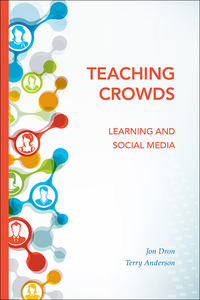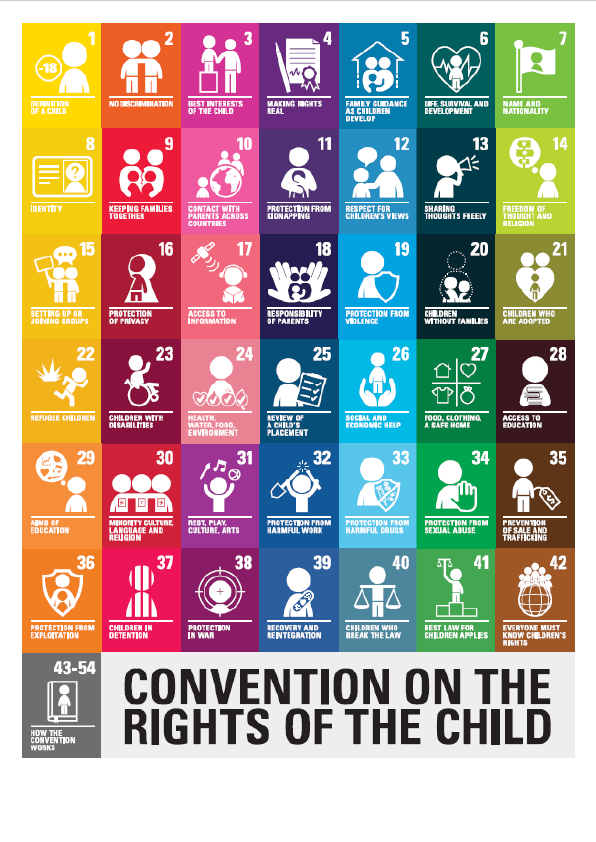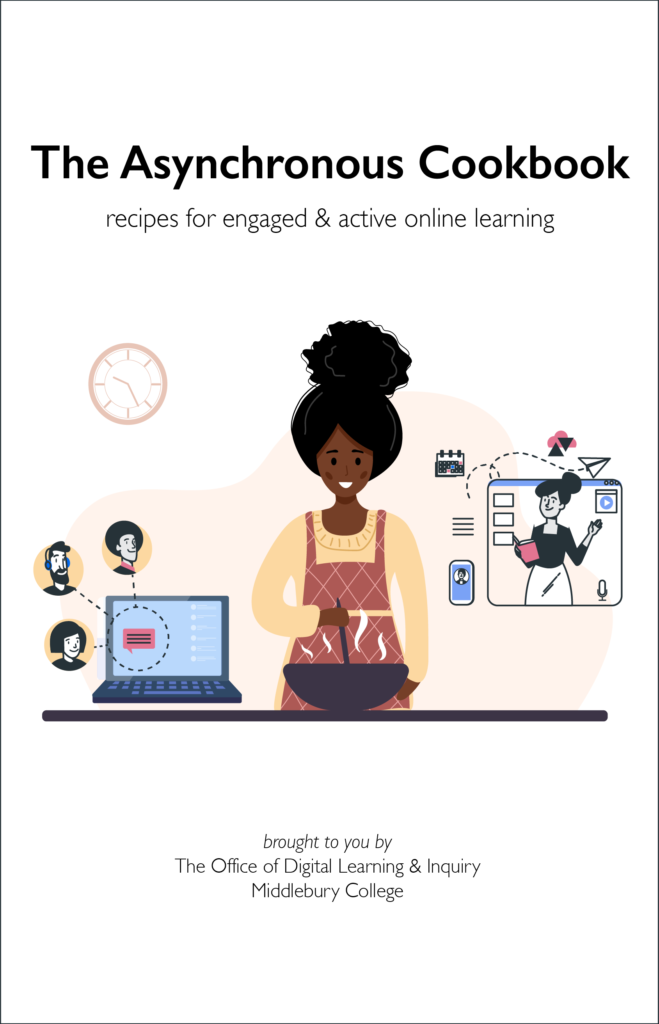Learning is a remarkably social process. Social groups provide the resources for their members to learn. John Seely Brown & Paul Duguid, The Social Life of Information
This book is about learning online with other people. Its title, Teaching Crowds, is deliberately ambiguous: the book is about how to teach crowds, but it is also about how crowds teach. What interests us are the ways in which people learn from and with one another in an online context while playing the roles of both learner and teacher—not always intentionally, and not always even as individuals. As we intend to show, there are ways in which the aggregated behaviours of crowds can teach.
Between the two of us, we have several decades of experience with using and creating social software for learning, and the time seems ripe to pull together some of what we have learned about learning. More than ever before, the crowd has become the teacher of the crowd, and, more than ever before, we have new tools and new methods with which to teach the crowd. This book is about how that vast cluster of connected individuals can learn together, within the context of institutions and beyond, and can begin to make sense of the torrent of useful and useless information that surrounds us all. In the pages to come, we will describe the theoretical foundations of the use of social software for learning and, building on those foundations, explore ways that such software can be used to support and enable learners to learn.
The book begins with an unashamed trumpeting of the potential value of social software for learning. In the opening chapter, we provide an overview of this software and describe the many advantages that may be gained through its effective employment. We hope that this introduction will tempt even skeptics to read on and learn more about the benefits, and the pitfalls, of social media as tools for learning.
An underlying theme of the book is that learning and teaching involve a complex interplay of technologies, pedagogies, organizational structures, social bonds, and individual needs, with many interdependencies and systemic consequences. Changing one part of a learning system is seldom fully beneficial if one fails to consider that each part in a system affects, and is affected by, all the other parts. If the whole is not carefully analyzed and understood, changes can lead to unexpected, and often unwanted, outcomes. As we suggest in our penultimate chapter, “Issues and Challenges in Educational Uses of Social Software,” a poorly considered strategy for using social media in learning may have calamitous consequences. At the same time, as we demonstrate throughout the book, social media have enormous potential value for learning, formal and informal. Our task is to find ways to make them work for us.
In concluding, we present our speculations on the implications of the changes wrought by the ever-increasing use of social media in distance learning and the various shifts that may or should occur across educational systems as a result. We offer a broad vision of a future in which parts that are now available might be fitted together to create a richer, more responsive, and more socially engaged culture, as well as a toolset for lifelong learning that is unfettered by path dependencies and academic structures and methods that date back to the Middle Ages. In mapping out this vision of learning, we go beyond institutional settings, although we also suggest some ways that institutions might adapt to cater to more flexible learning paths. We are under no illusions that our vision, taken as a whole, is likely to become reality any time soon, nor do we imagine that, in conceiving it, we have somehow broken free from our own backgrounds and personal and cultural orientations. We present it as one of many possible futures, in the hope that it will stimulate discussion and prompt movement toward a more human-centred, socially embedded educational system.
Attribution
This publication is licensed under a Creative Commons License, Attribution–
Noncommercial–NoDerivative Works 4.0 International: see www.creativecommons.org
The Source of this book:
Dron, J., & Anderson, T. (2014, December 4). Teaching Crowds: Learning and Social Media [E-book]. AU Press. Retrieved May 10, 2022, from https://freebooks.dp.la/collection/feed%2F3%3Fentrypoint%3DBook/book/URI%2Furn%3Auuid%3A655f2411-2ad7-477b-99a1-d31d5939c6b0
VP Flipbook Maker
Powered by Visual Paradigm Online’s free flipbook maker. Would you like to create your own flipbook? You can always make flipbooks like this and share with others easily. Bring your flipbook to live now with Visual Paradigm’s Flipbook tool!!!











